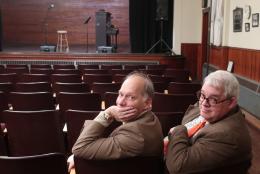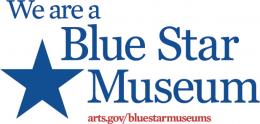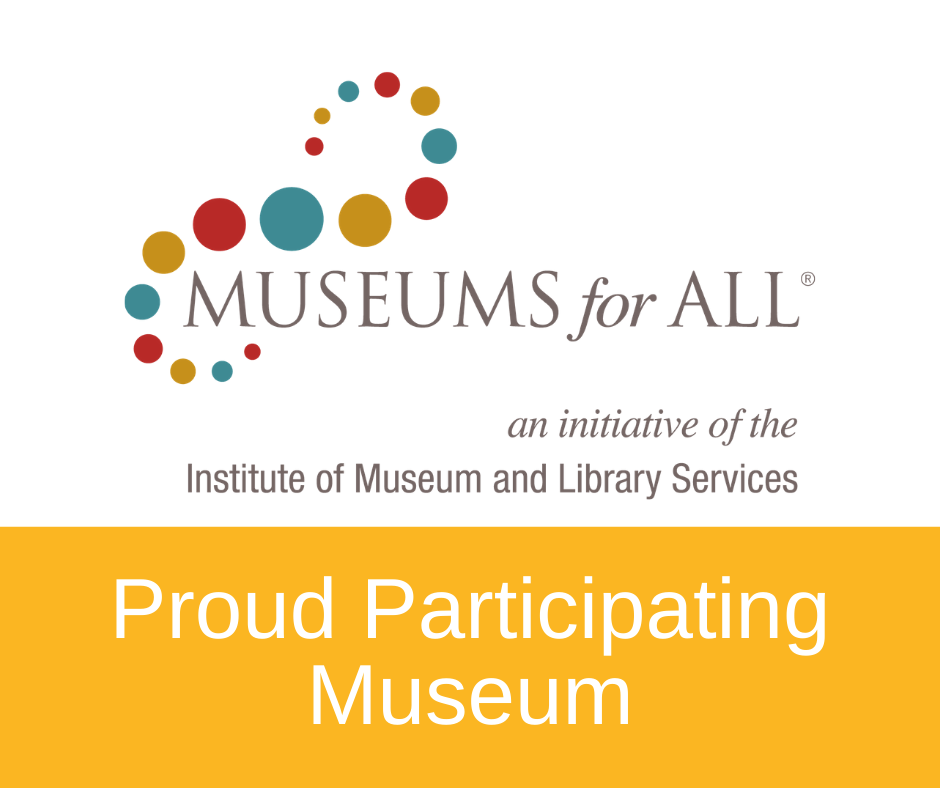Return with us to those fabulous days of yesteryear when every bustling village had an opera house and performers journeyed from town to town to delight each eager audience. And they had willing participants in the sing-along portions – everybody knew the words to songs like “Bonnie Eloise.”
“Songs along the Mohawk” is a cabaret-style entertainment in which singer Byron Nilsson and pianist Malcolm Kogut share songs and stories from and about the 19th- and early 20th-centuries, including Erie Canal songs, vaudeville numbers, temperance ditties, and even some of those Victorian-era ballads in which people dropped dead for no apparent reason. We’ll also look at Mark Twain's fraught relationship with George W. Elliott, author of "Bonnie Eloise," which began when Twain performed in Fort Plain in 1868.
When the Erie Canal opened for business in 1825, revolutionizing the shipment of goods, it turned New York City into a major port center and caused the population of Buffalo to skyrocket. And it gave rise to entertainment that reflected an American taste for exaggeration and parody. We’ll begin our musical journey there, but we’ll also celebrate another rite of passage with the vaudeville number “Why Do They All Take the Night Boat to Albany,” made famous by Al Jolson. Songs of the 19th century tended to be annoyingly instructional: “She Is More to Be Pitied Than Censured” exhorts us not to mock a “fallen woman,” while “Asleep in the Deep” gets us nautical again, warning of the consequences of spooning with your honey on an upper deck while a storm rages around you. The temperance movement got its start in upstate New York in 1808, when a group of concerned men formed an association that ran out of steam after five years. More successful (or at least longer-lived) temperance groups sprang up elsewhere, and the movement prompted a body of song that we’ll visit briefly, with the sing-along ditty “Come Home, Father” by Henry Clay Work. And to atone for that, the audience will be invited to sing along with Work’s better-known “Grandfather’s Clock.”
Interspersed with the songs will be humorous commentary and some Mohawk Valley-inspired piano solos like “The Fort Plain March.” And we’re going to reclaim the song “Bright Mohawk Valley” as our own, trying to undo the damage wrought by Gene Autry when he re-named it “Red River Valley” and led us to believe it was some kind of a western ballad.
Saratoga Arts made this program possible with an Individual Artist Grant funded by the New York State Council on the Arts with the support of Governor Andrew M. Cuomo and the New York State Legislature.
“Songs along the Mohawk” will be performed at 2 PM Saturday, June 15, at the Arkell Museum. Admission to the program is free. For more information, email Curator of Education & Public Engagement Mary Alexander or call 518-673-2314 ext. 113.







